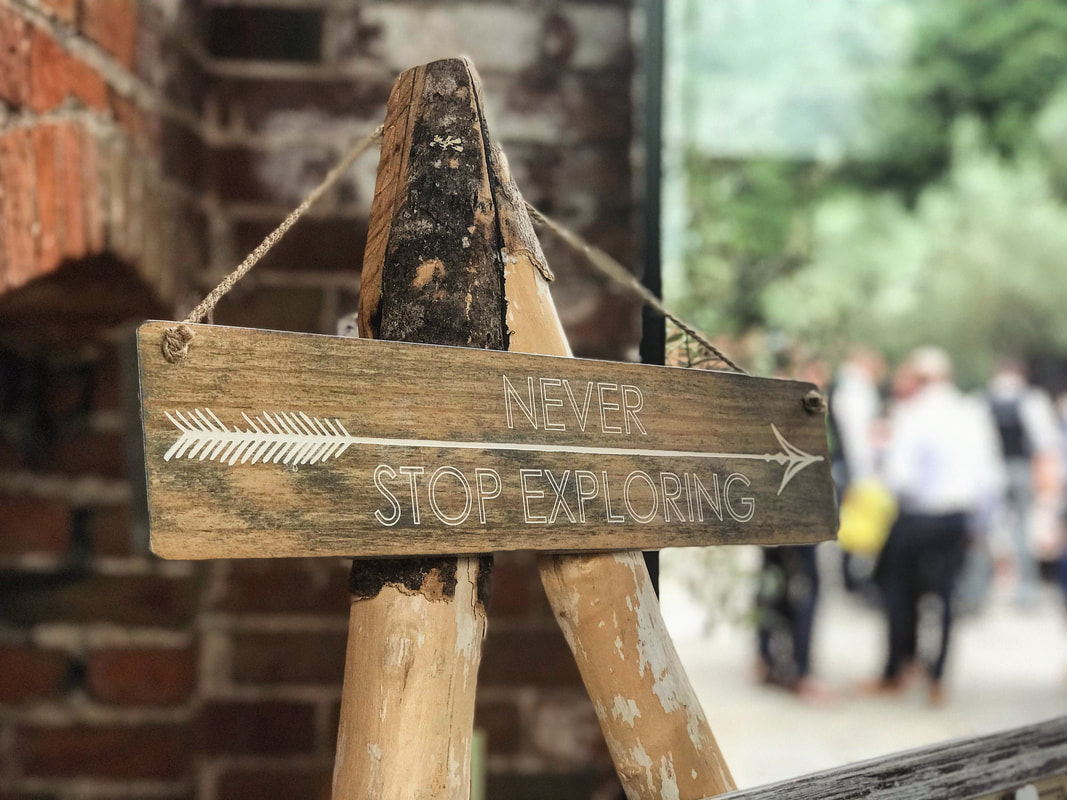The Versatile ELT BlogA space for short articles about topics of interest to language teachers.
Subscribe to get notified of
|
|
I’ve spent too much of the last forty years of my life learning foreign language vocabulary, as well as quite a lot of new words and concepts in my native English but this was through different means for different ends. Most of my early foreign language vocabulary study involved learning from bilingual lists or flashcards, labelling pictures, matching foreign words with pictures or English words, and filling in gaps in strings of unrelated sentences. Having no reason to believe that my teachers or course books had set out to hinder my progress or waste my time, I kept plodding along at first in Italian, then German and later Czech. And some Russian.
By the time I started studying Czech, I had also become an ELT teacher around the golden eras of the COBUILD project and the Lexical Approach. Corpora were also peeking their heads above the parapet (data driven learning). This was the early 1990s and it promised great things for a more sophisticated approach to vocabulary study, one in which we would study and teach the properties of words, their internal and external relationships with other words, their roles in creating meaning. It was a time when “learning to learn” and discovery learning were establishing themselves in ELT. Empowerment through linguistic competence was in the air. It took me some time to absorb and apply these new trends to my self-study of Czech, but I’m glad I did. It was more difficult to squeeze into my English teaching as we had to turn the pages of course books in lockstep with external syllabuses. A few weeks ago I was at IATELF Poland, where I picked up a sample course book, fresh off the press from one of the Big 4 publishers. Having been a teacher trainer for 25 years, it came as little surprise that the approach to studying and teaching vocabulary espoused in this brand new course book has no made no headway since the Headways I was teaching from 30 years ago. In my teacher training, I always offer teachers vocabulary teaching activities that engage higher order thinking skills, creativity, discovery learning, metacognitive strategies, the double processing of texts and negotiating meaning. Many of the activities derive from contemporary findings in linguistics, such as grammar patterns as properties of words, and the role of collocation in creating meaning. In the books I have published in the last ten years, I have also provided teachers with lesson plans, activities and resources that elevate the status of vocabulary to its rightful place, that prevent teachers from hindering students’ vocabulary development and that provide students with rewarding self-study procedures. Teachers want their students to be more fluent, accurate, sophisticated and idiomatic (FASI) and a solid grasp of vocabulary is an essential ingredient.
0 Comments
Your comment will be posted after it is approved.
Leave a Reply. |
To make a comment, click the title of the post.
Archives
July 2024
Categories
All
|


